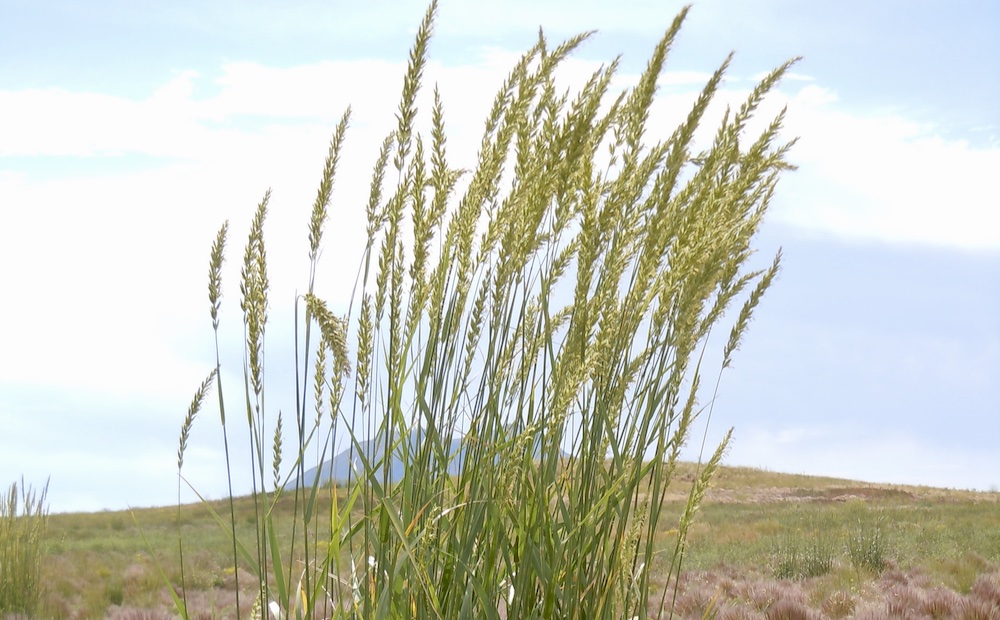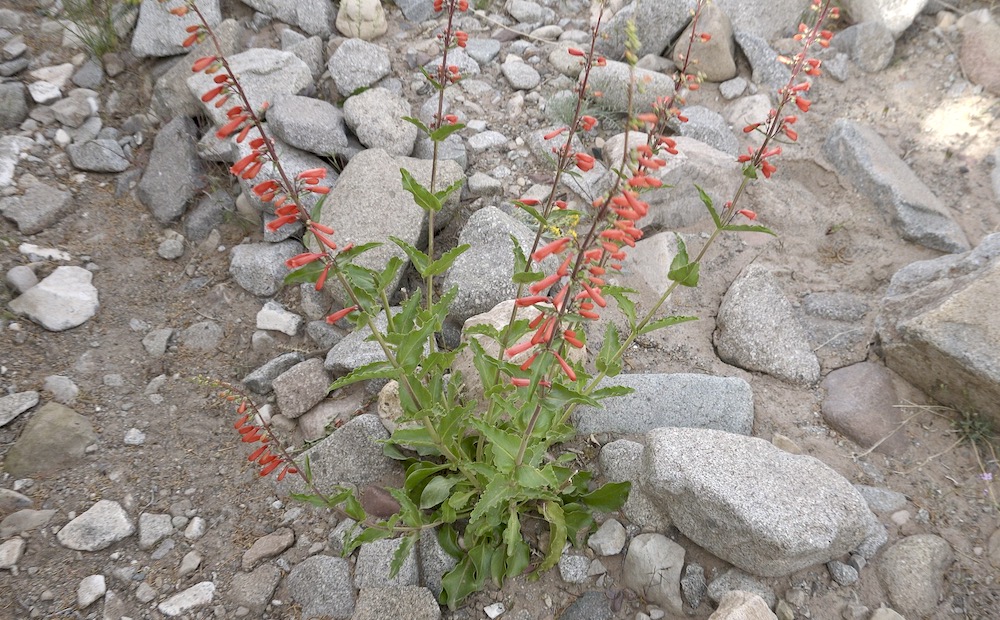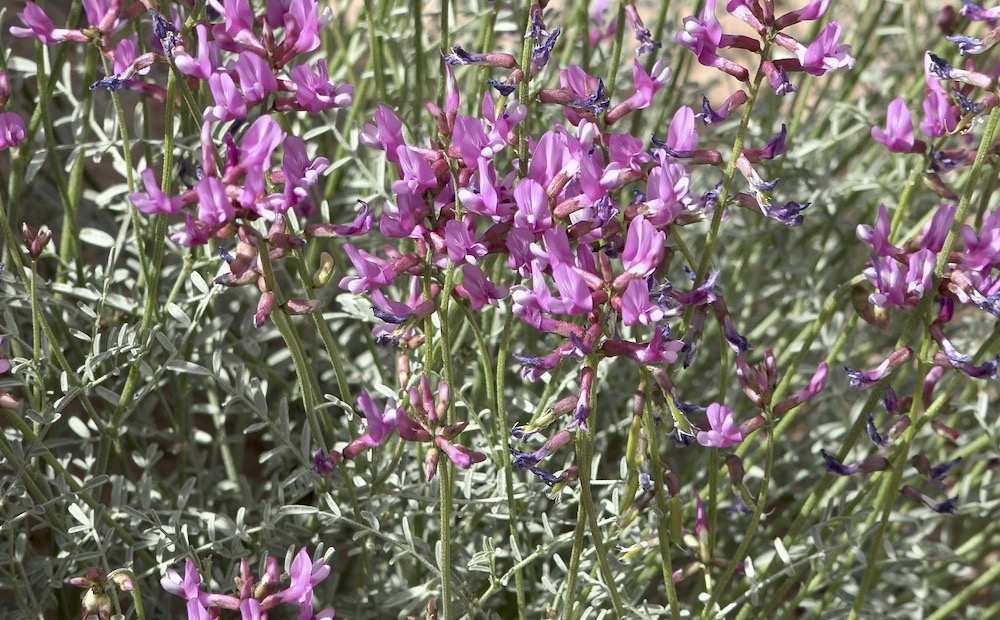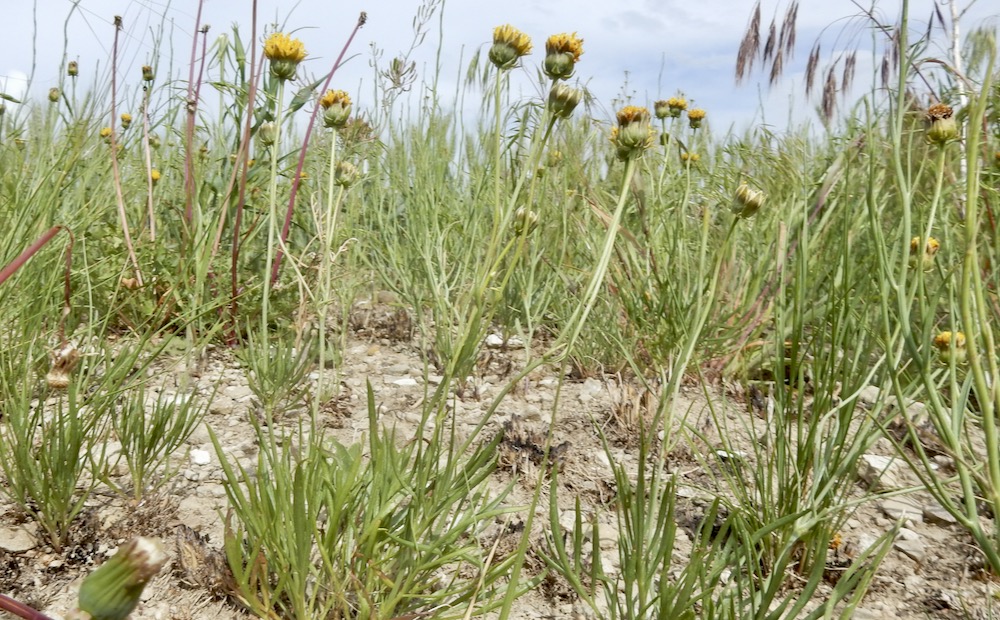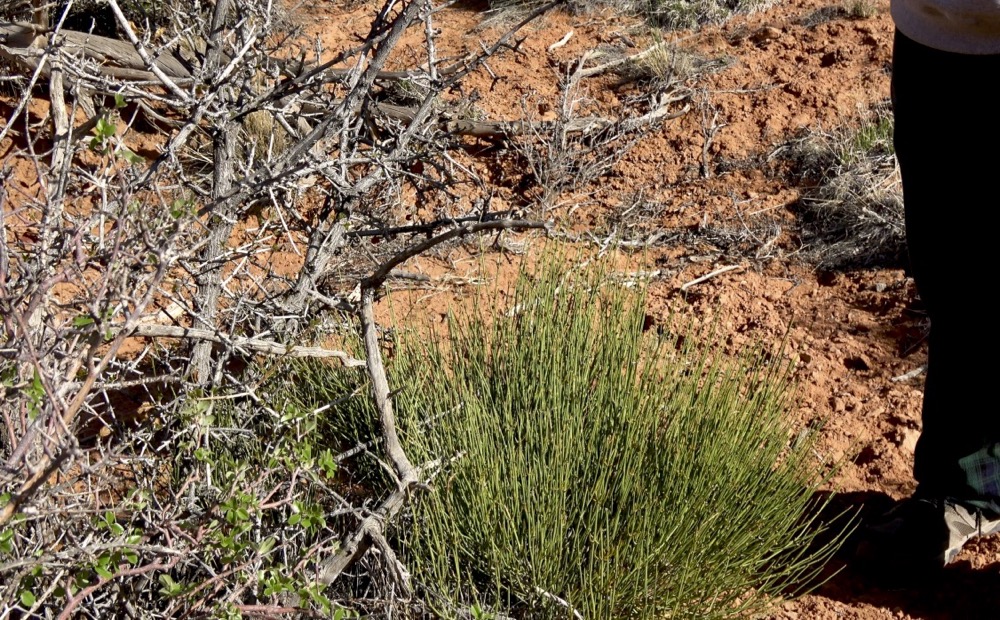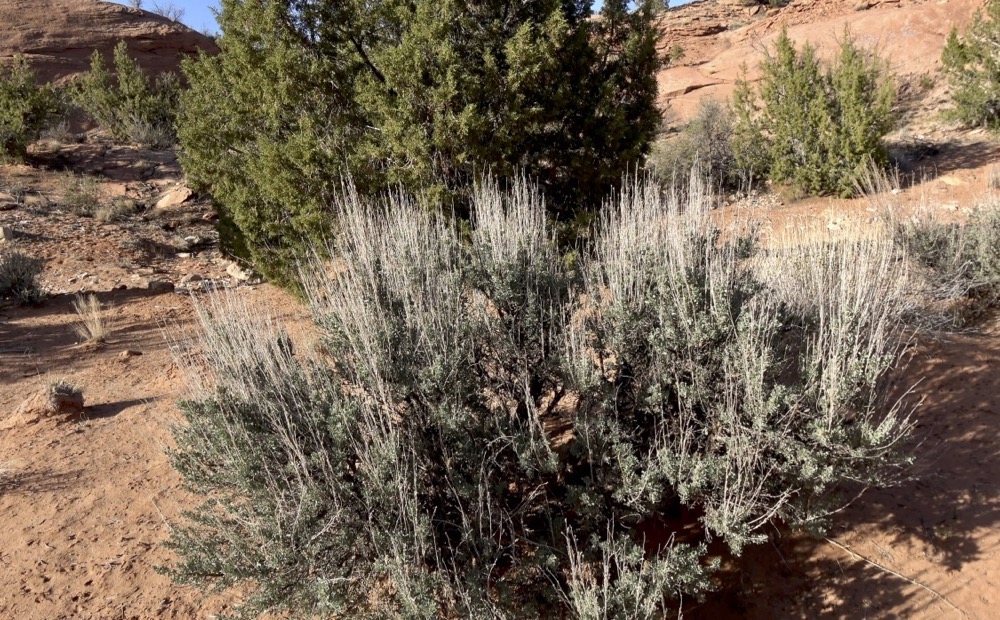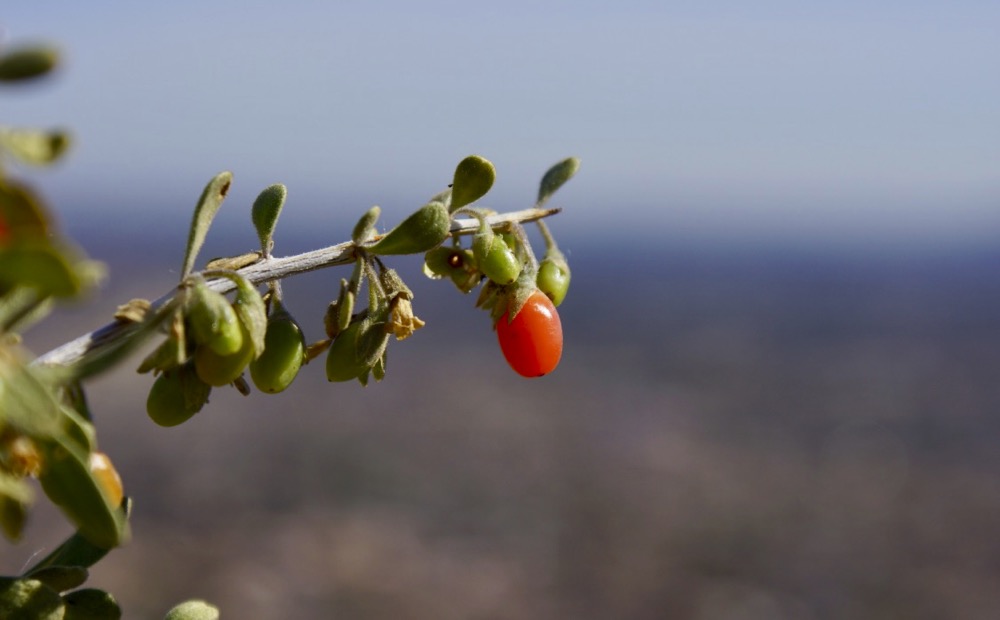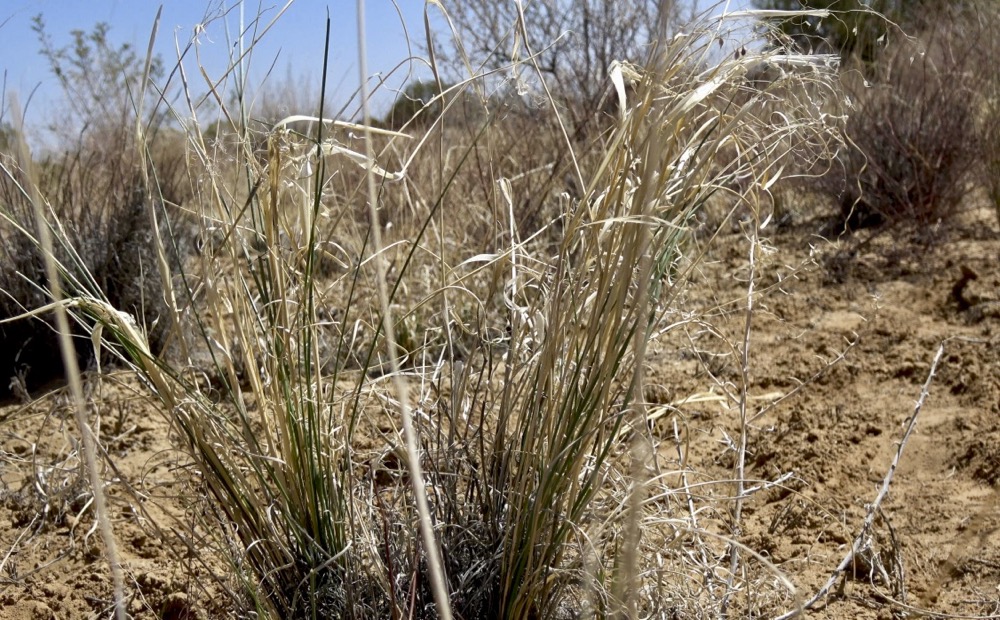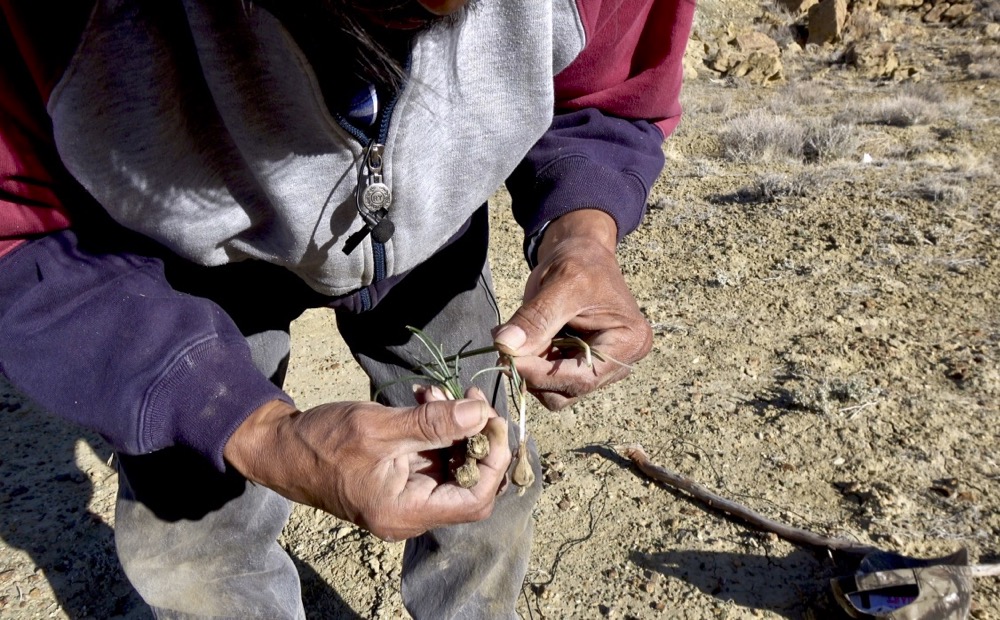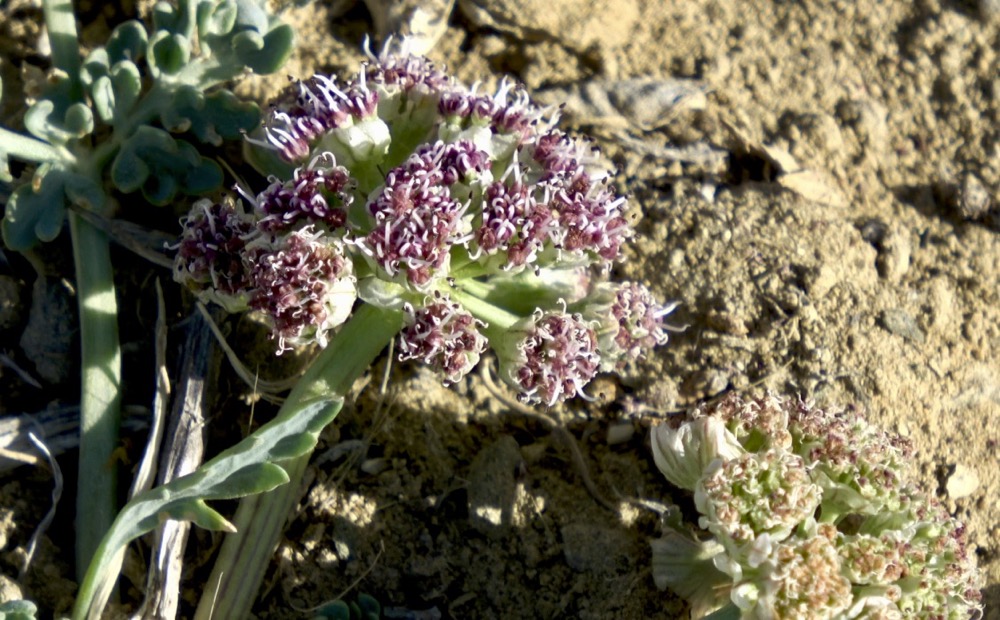Great Basin Wild Rye
garywortman2024-01-24T00:55:15+00:00Buffalo Grass or púppau, is the Crow name for great basin wild rye which is also known as giant wild rye. As Grant Bulltail explains, this grass has numerous uses for both animals and people. Birds and small animals make nests and homes out of it. The Crow made children’s toys, mats for the tipi and even fly-swatters.

